At the Chef's Wild Table
Meet Pia Huuva

Somewhere deep in the Arctic wilderness, in the Swedish Lapland, you can taste the unique flavors of the Nordic Forest. Welcome to the table of Pia Huuva.
Sustainability MAG : You live in a quite remote part in Northern Sweden, tell us a little about the region and your connection to it.
Pia Huuva : Indeed, I live in a little village called Liehittäjä which has 23 inhabitants and is located in Tornedalen in Northern Sweden, close to the Finnish border and around 35 kilometers south of the Arctic Circle. The northernmost parts of Norway, Sweden, Finland and Russia are also known as Sápmi, land of the indigenous population – the Sámi people. I have been here since the 1990s, when I met my husband Henry, who is from here and of Sámi origin. I still remember vividly the first time I stepped foot on this land. It was in the beginning of June, which in Sweden, and especially up here, is when nature is in full bloom and the Midnight Sun never sets. The light is something entirely different, it's magical.
Before I moved, I worked in hospitality and the restaurant business, both in and outside of Sweden. Since getting married, Henry and I have run and managed several small-scale restaurants and lodges, with a strong emphasis on sustainability in different ways. This has been a quite conservative area, so the modern “sustainability” idea has not always been welcomed with open arms. But in other ways, sustainability is so deeply rooted in the Sámi philosophy and the “arctic way of life”, passed down from generation to generation: you take no more than you need, and when you do take, you make sure that nothing is wasted. Take the example of reindeers. They are strongly interwoven with the culture and heritage of the Sámi, and we still live by “nose to tail”, meaning that every part of the animal is processed. And, as a mark of respect for nature and the reindeer, the Sámi divide the year into 8 seasons to be able to draw the most out of the natural variations in climate and environment.
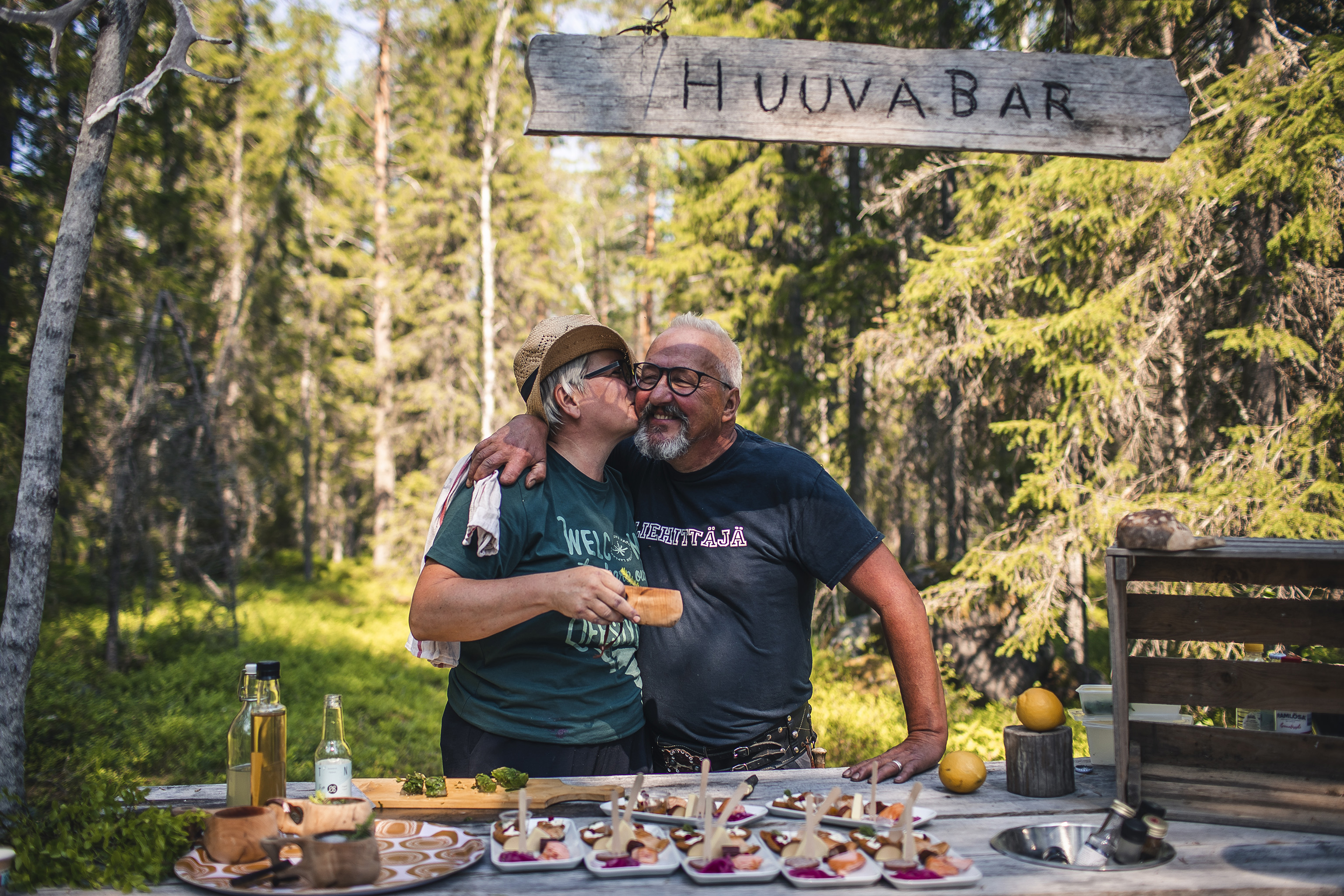
Why join the initiative “The Edible Country”?
We have already done some projects quite similar to “The Edible Country”, offering genuine experiences in synch with nature and sharing local knowledge and traditions. When we were asked to join the initiative, it was a natural step for us. In my opinion, if you can offer good food and an honest story around it, those are the perfect ingredients for an experience that connects with people long after they’ve left, and that is a really powerful tool for change.
Sweden is very good at communicating about our amazing nature and everything it has to offer, but for people who perhaps have not grown up with this wilderness at their doorstep, it can be quite intimidating to just venture out and start picking berries and mushrooms and plants, not knowing if they are poisonous or edible. This initiative is a great way to help everyone get in touch with this knowledge, the tastes, the places, and the stories that are hidden in nature.
What experience awaits us at your table?
Our table is located in an ancient Sami reindeer corral. A forest glade surrounded by trees that are hundreds of years old and have witnessed countless stories, it’s an almost sacral place. My husband took down a 130-year-old pine tree out of which we made a table and two benches. We’ve also made a basic outdoor kitchen from wooden pallets, so if we ever decide to stop this, we can just pack our things and leave, and it would be as if we had never been there in the first place.
We’ll go for a walk in the forest to forage whatever we can find that is in season. Right now, in autumn, we look for skogens guld - the forest’s gold, chantarelles and other mushrooms, full of valuable nutrients. In summer we look for all kinds of berries – blueberries, lingonberries, juniper berries, cloudberries... – to make pies for dessert or sauces for meat and vegetables. Different grasses and leaves, like birch leaves, or wood sorrel make for a nice pesto. Pine and spruce shoots are nice to add as spices.
Then we venture back to base camp where we start an open fire. We’ll make Gáhkko, Sami flatbread (made with flour, water, butter and syrup in a frying pan), because who doesn’t like bread? I typically bring local fish or traditional local reindeer meat, like Gurpi, made with a combination of leftover reindeer meat, fat, and salt, or Suovas, lightly smoked reindeer meat.
Because the seasons change quickly up here and the winters are very long and cold, you have to make the most out of what grows during the warmer seasons. I like to ask people how many freezers they have at home. The (slightly confused) answers is usually around one. We have nine, to preserve everything that nature gives us.
And how has the initiative been perceived so far?
For me the nicest feedback I can get is if the kids are happy, because children are the future. I remember going out with a family of three generations, a pair of twins of maybe 11 years old, their father, and their grandma. The kids were reluctant at first, but then they started to help out, and somewhere along the way their eyes lit up and they loved it. And that’s when I think to myself “YES, this is success to me”.
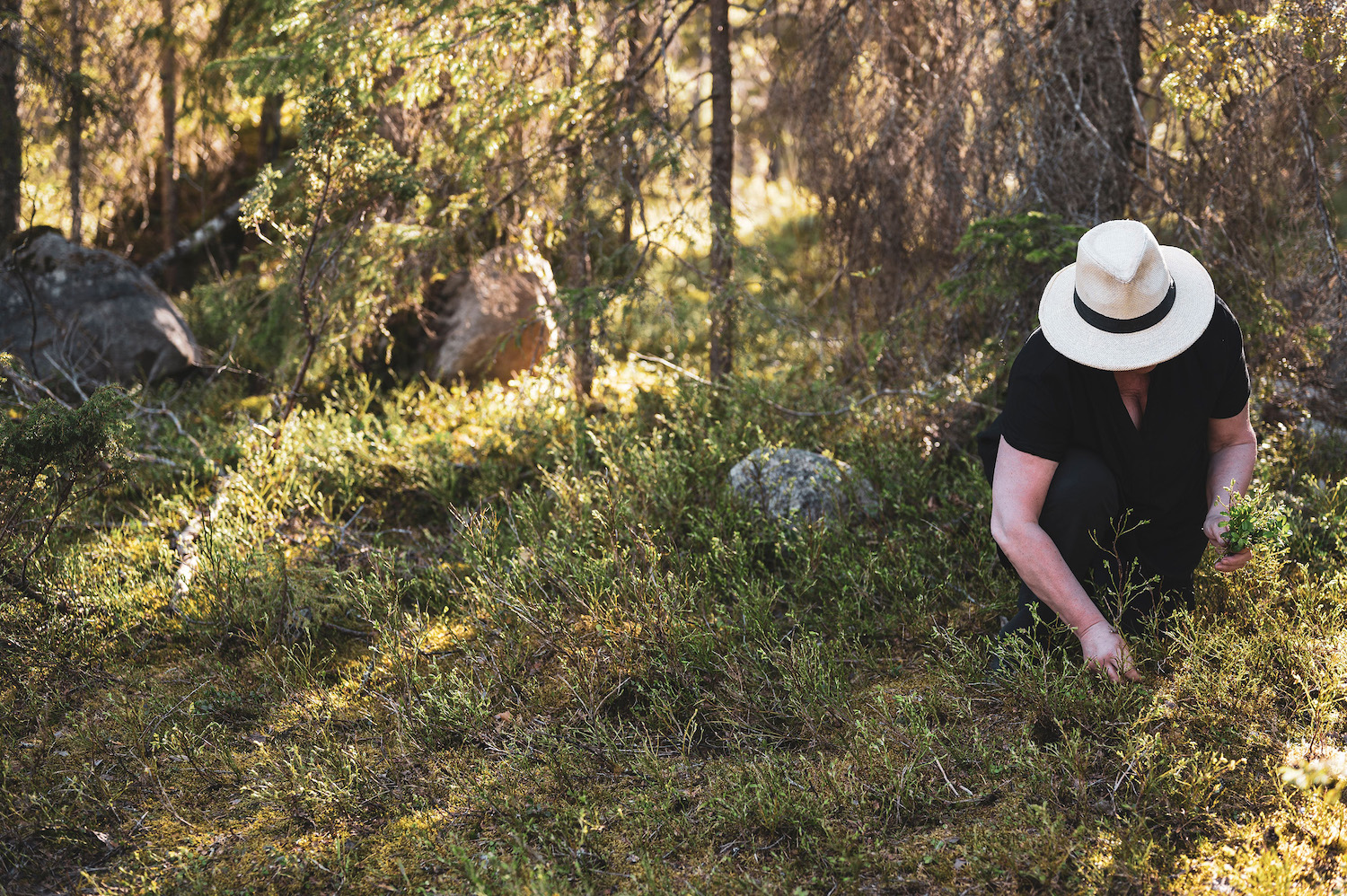
What is the Swedish nature to you and how does it inspire you in the kitchen?
It’s very difficult to describe with words, there is just something special about nature and it’s really something that happens in the moment.
In Sweden, there is this immense vastness of true wilderness. You can find nature in many places, even in central New York, but it will never be the same as going out into the forest here and knowing that for miles and miles there is no trace of humans, only wilderness. And you can have this experience in solitude like nowhere else. In a way, it’s nature that invites us, not the other way around. And that can open your senses and help you connect on another level almost. There was a time in my life when I was going through something and didn’t have many people I could talk to, and then I would go out into the forest and sit with my back against a tree, and this calmed me immensely. There is an energy in the forest that people simply cannot give you. Nature is just there, and we can take part of it in an undemanding and unconditional way.
In the kitchen, nature is a constant source of inspiration. Although it’s all around us, nothing is available year-round, most things can only be foraged during 2-3 weeks of the year, like birch row or berries. So you can’t force nature, on the contrary – nature forces us to work with what is available and go with the flow. On that level, it inspires a lot of creativity and trying out new things. And I learn something new each year. This year, for example, I tried eating the flowers of the blueberry plant, just before the berries come, and it tasted amazing. You don’t have to be an expert; it’s just about going out with a curious mindset and letting your senses guide you. And then of course, there is something unique about going out and foraging your own ingredients and making something delicious out of it. It doesn’t compare to going to the supermarket and getting food that are processed multiple times and imported from elsewhere.
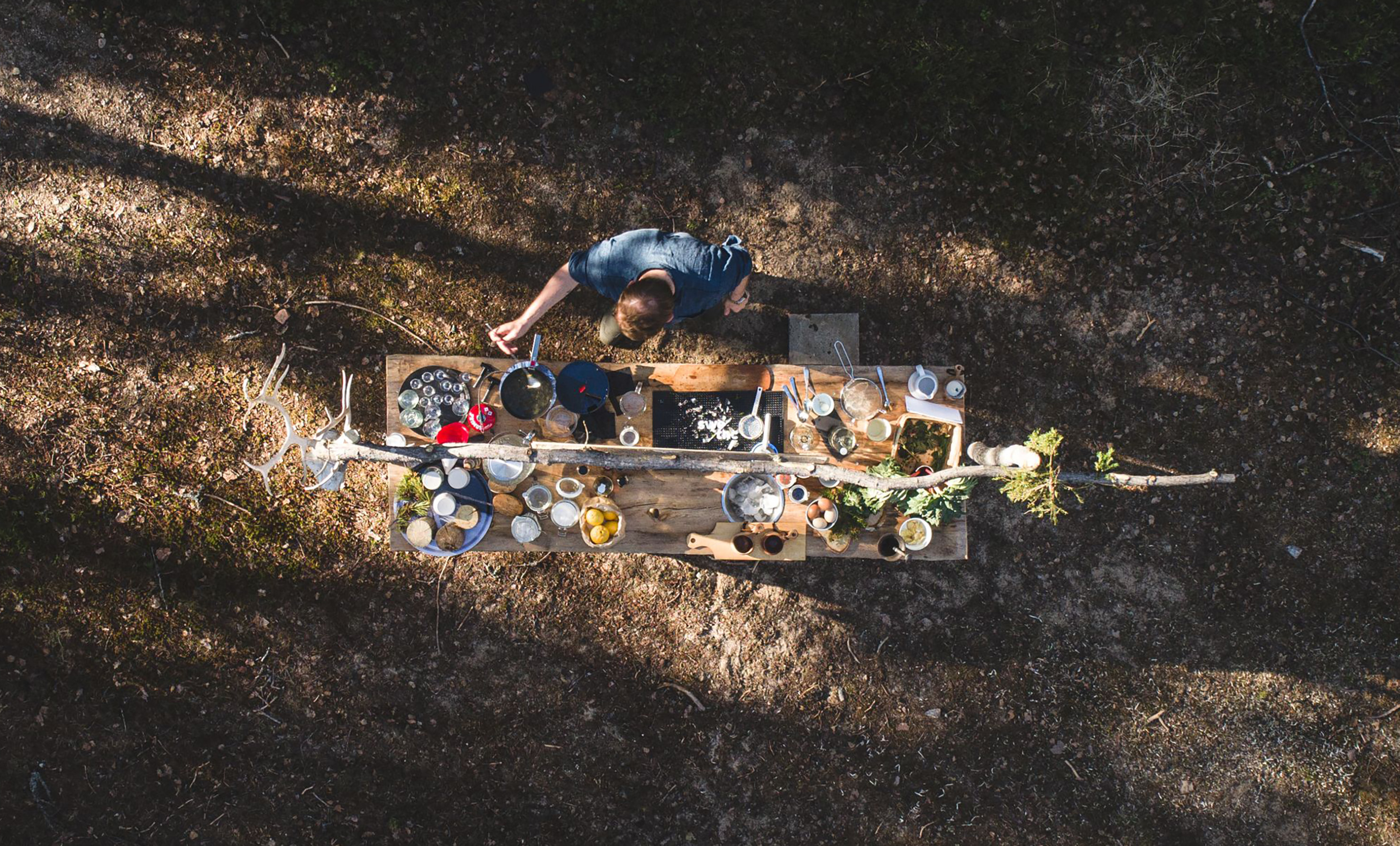
What are the health benefits of cooking with what you find just outside your doorstep?
Food that you pick yourself is obviously completely natural, it hasn’t been processed in any way (except by nature herself), there are no preservatives or any additives. It’s just naturally full of nutrients. Blueberries, for example, are natural sweeteners, but they are also really great for our eyes.
And it’s not just the food, research also shows that just being outside lowers blood pressure, calms your heart rate, can help with anxiety... This alone is enough to go out every once in a while.

How can cooking contribute to a more sustainable lifestyle?
For me it’s about knowledge. There is so much knowledge rooted in nature, both how it manages itself, but also how humans have lived with it for thousands of years. Foraging, for example, it’s not exactly hot news, it’s an ancient practice that was about survival. And I think we have become very comfortable in the last 70 years and now we have arrived at a time where we have to say yes, we need to survive, but we also need to do it in a good way, both for ourselves and for our world. And in many ways that is about going back to basics in my opinion, and that means going back to practices that are linked closely to nature, like using our hands to pick food out in the forest, which in turn is directly linked to local and good food.
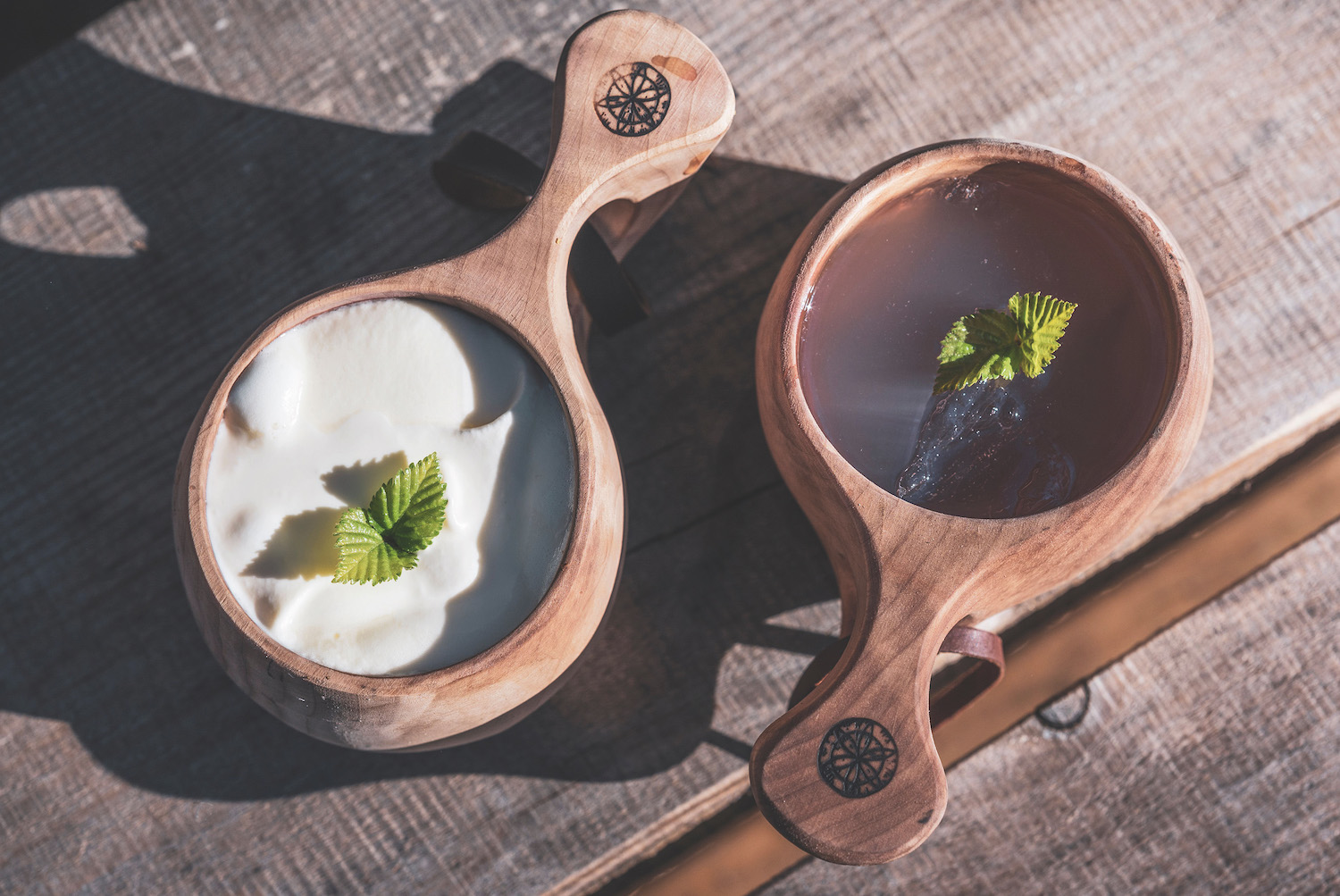
And like I mentioned earlier, I think storytelling is key in both knowledge transfer and sustainability. If you can create a story that connects positively with people, it can inspire change. Pair food - because everyone loves food - with stories about indigenous knowledge that is already rooted in sustainable practices, then I think we can accomplish a lot in terms of sustainability.
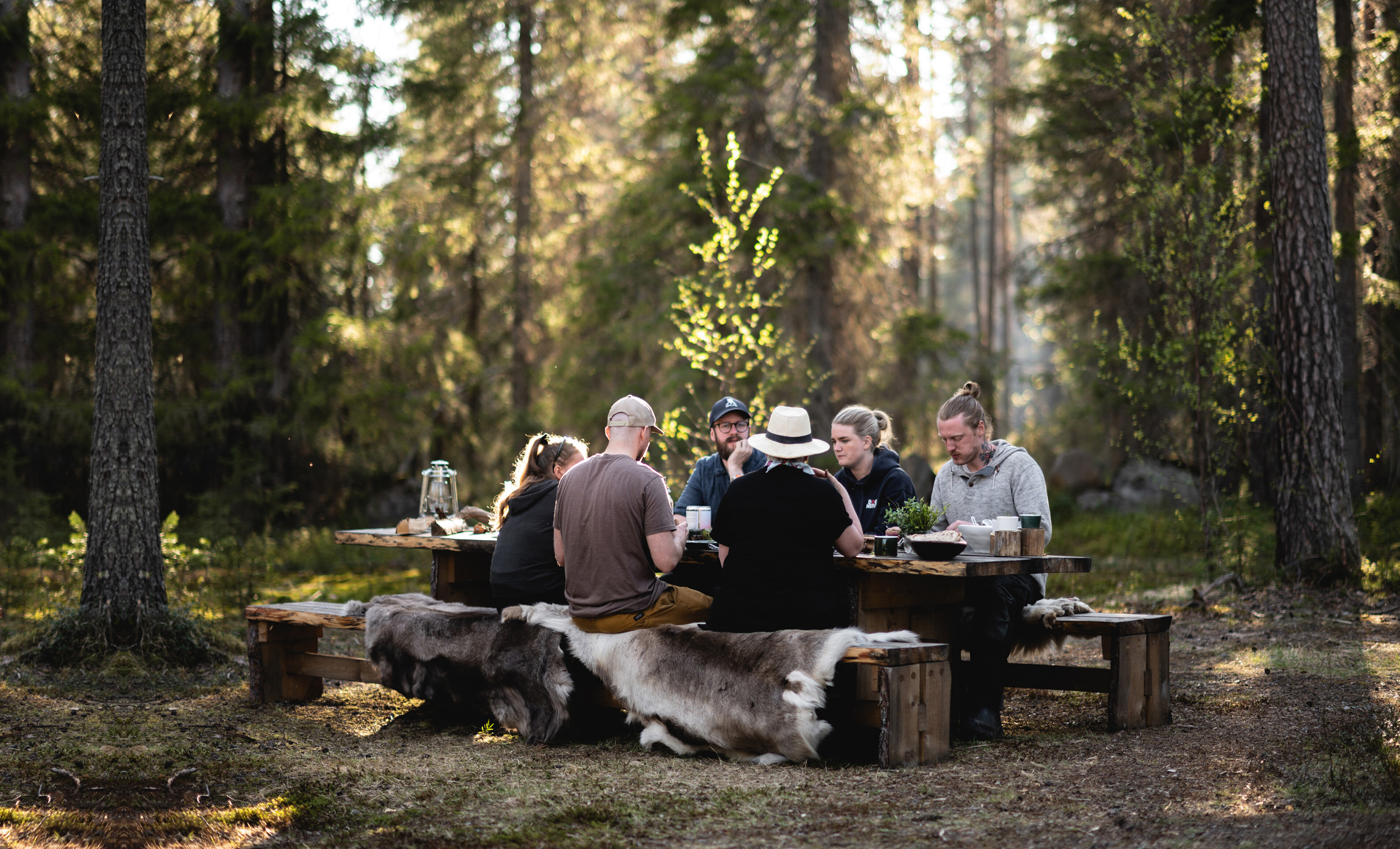
To be read also about Sweden